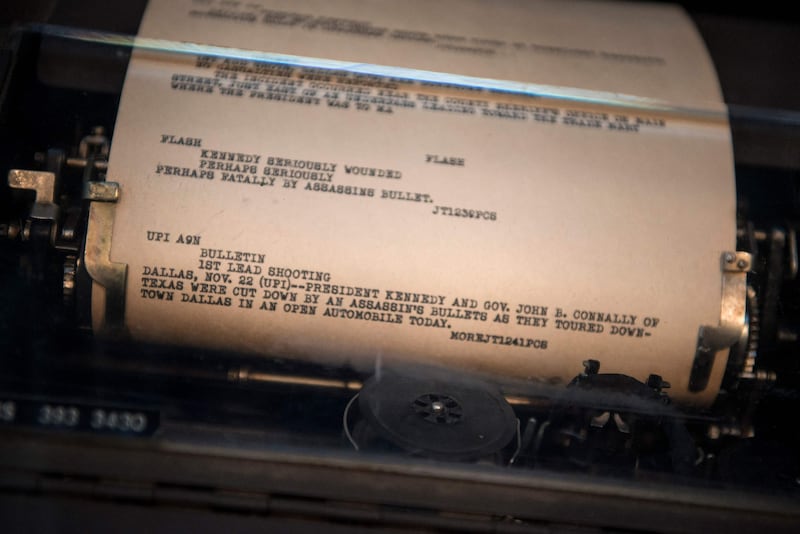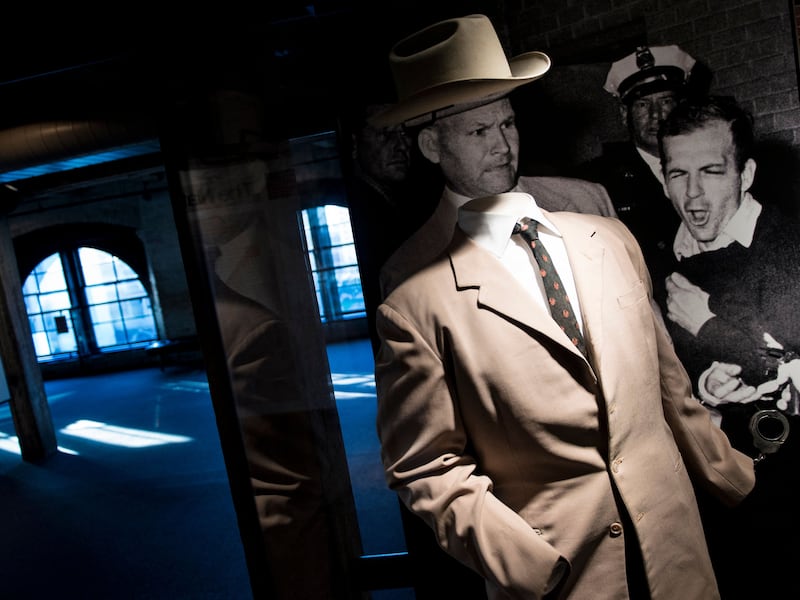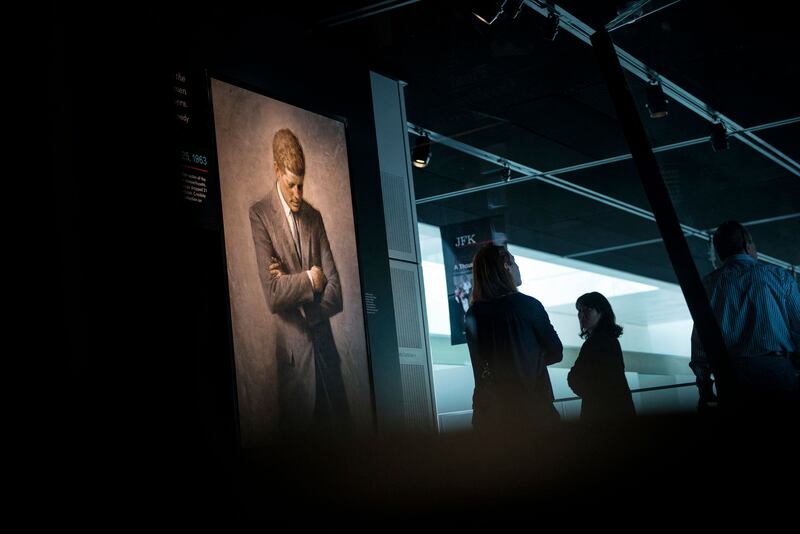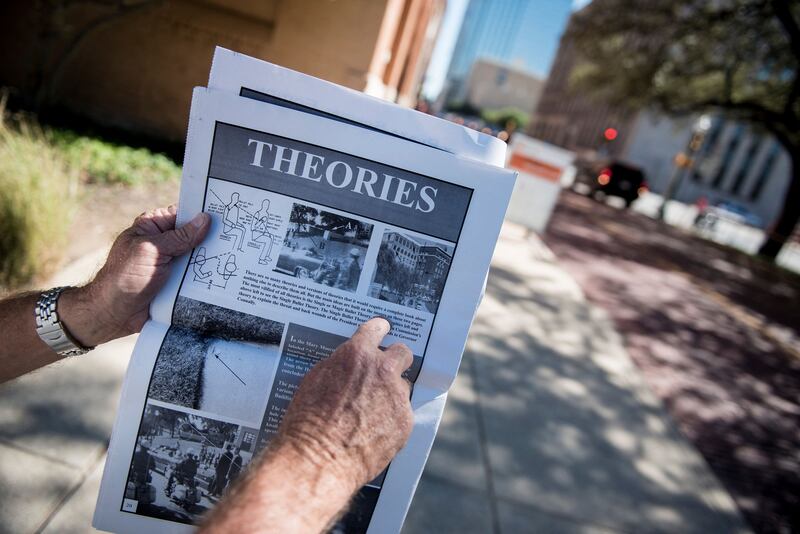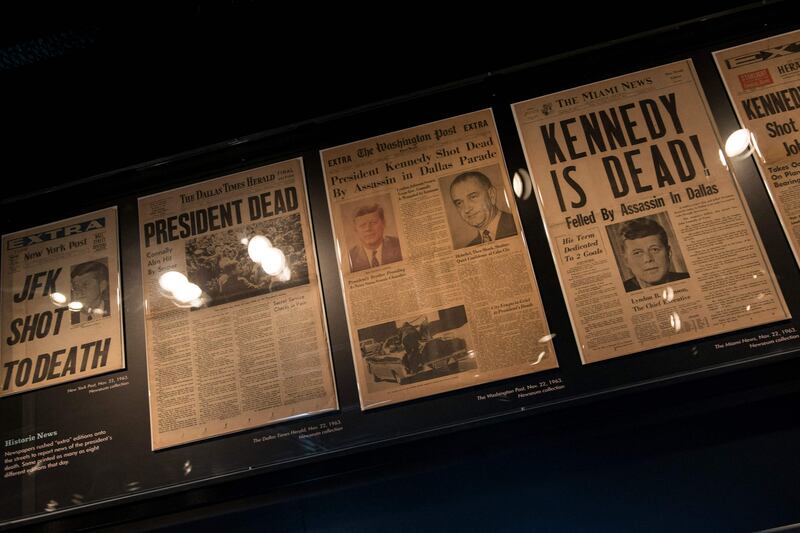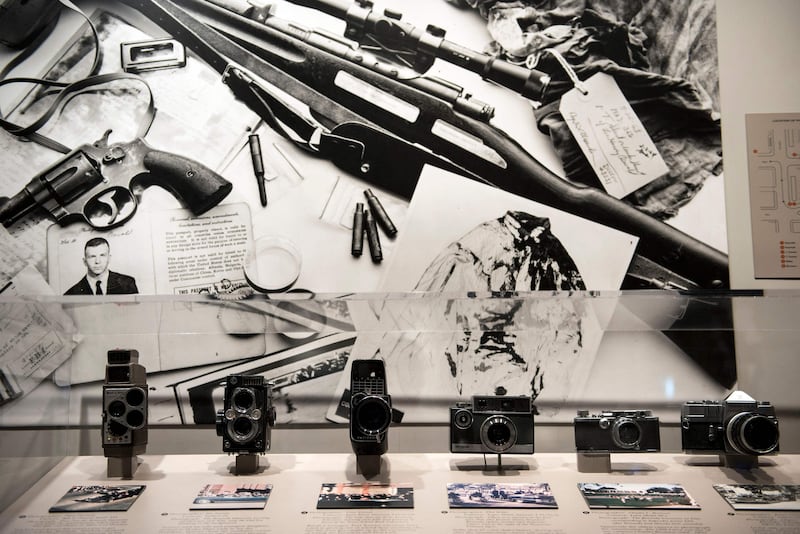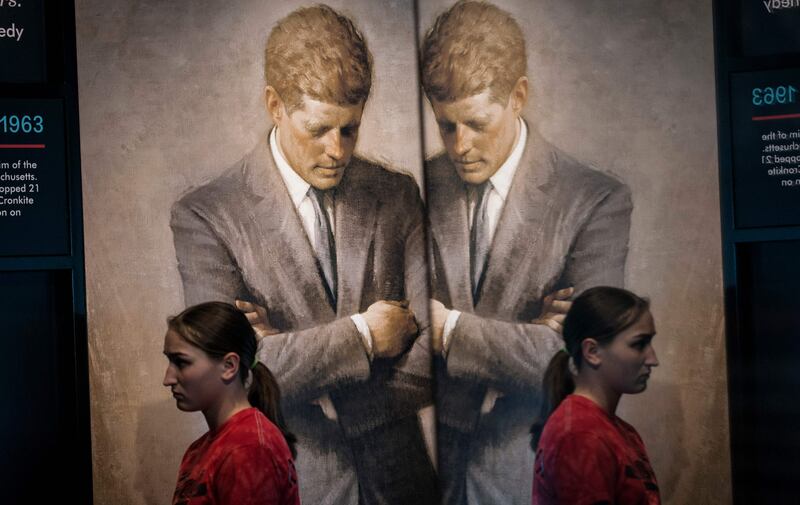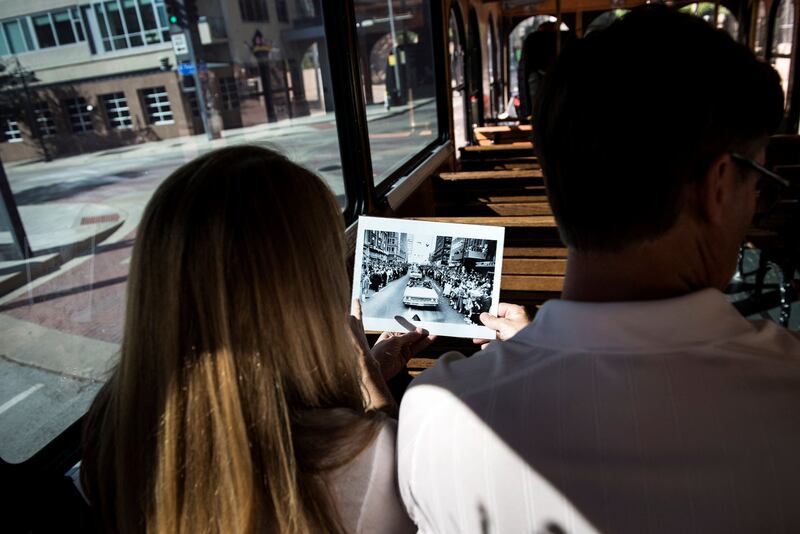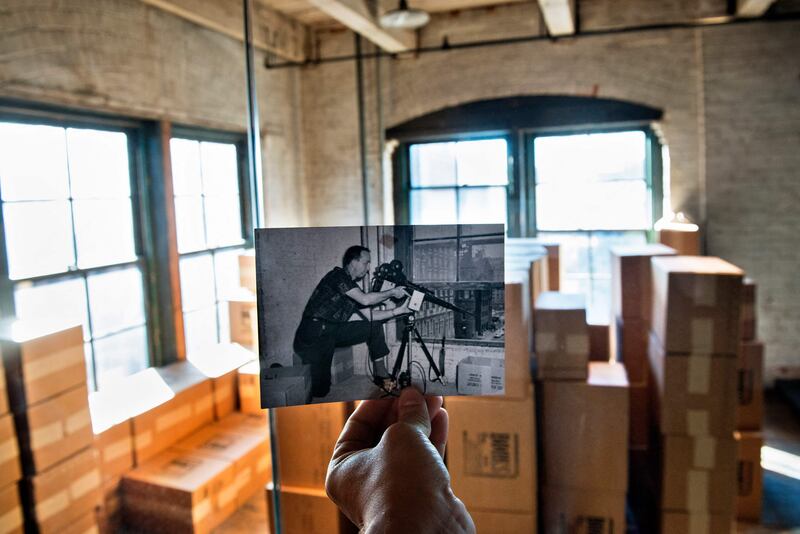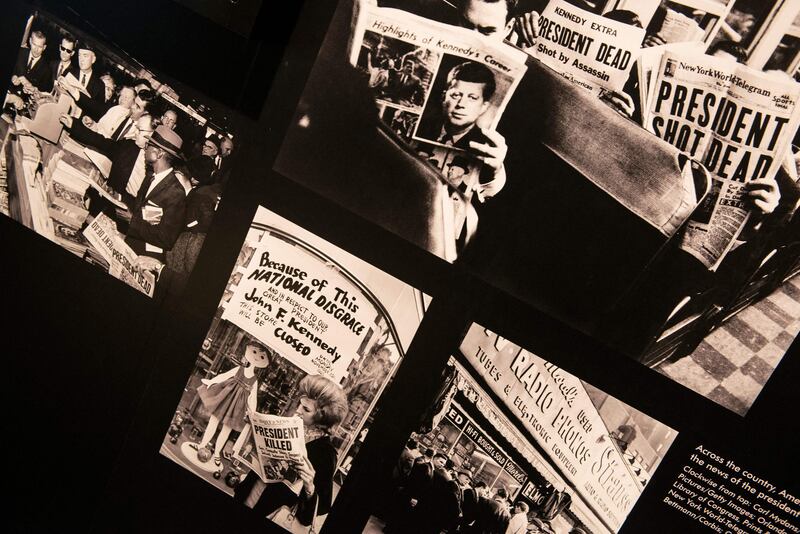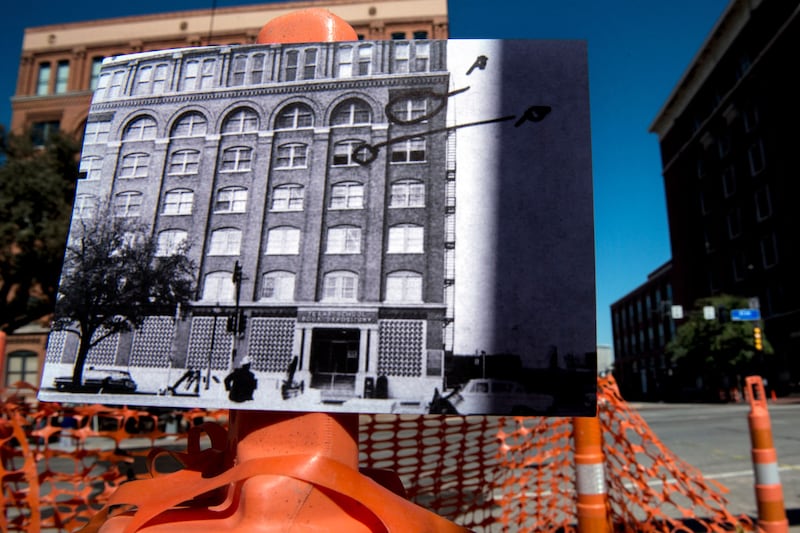New testimony from an elderly former Secret Service agent who was guarding US president John F Kennedy when he was assassinated in Dallas in 1963 could prove to be a fatal blow to the widely disparaged official narrative of the murder.
There is a difference between genuine mysteries of history and the subjects of paranoid conspiracy theories. In history and politics, the venerable philosophical principle of Occam's Razor – which holds that all things being equal, the simplest explanation is usually correct – is invaluable. There's no need to look for outlandish explanations when obvious ones are rationally satisfactory.
The official narrative of the Kennedy assassination in the Warren Commission Report was, from the outside, too weak and deeply flawed not to be widely doubted. The circumstances of the killing are a genuine mystery and rejecting a totally unconvincing official account isn't paranoid or unwarranted. Speculation is likely to intensify now that former Secret Service agent Paul Landis, who was standing on the car runner boards a few feet from Mr Kennedy when he was shot, has at last told his story.

The Report's account hinges on the assumption that a "magic bullet" hit Mr Kennedy and Texas governor John Connally, who survived the attack, in multiple implausible parts of his body. Not only was the bullet's path seemingly bizarre, though hardly impossible, but the fact that it was found on Mr Connally's stretcher in a near-pristine state after all that supposed ricocheting and damage raised immediate doubts.
Mr Landis says that he found that bullet lodged in the leather of the limousine behind where Mr Kennedy had been sitting when shot. He took it into the hospital and placed it on the president’s stretcher in hopes it could help doctors. He surmises that the two stretchers were later jostled together and the bullet bounced onto Mr Connelly's.
The "magic bullet" that hit both Mr Kennedy and, repeatedly, Mr Connally is the linchpin of the lone gunman theory propagated by the Warren Report. If Mr Connally was struck by a different, and therefore additional, bullet, the already far-fetched idea that Lee Harvey Oswald was alone responsible for all the shooting crumbles. It virtually guarantees that there was at least one other gunman, and possibly more.

While the official narrative never held much water, many popular alternatives also seem entirely unconvincing. As popularised in Oliver Stone's essentially fictional hit film JFK, they tend to blame the CIA and/or the military for killing Mr Kennedy. They claim Mr Kennedy was preparing to destroy the intelligence agency or withdraw US advisers from Vietnam or to take some other supposedly intolerable action. And, therefore, he was simply killed.
This leaves a lot to be desired, to put it mildly. There is no evidence that Mr Kennedy wanted to, or could have, gone to war with the intelligence services. It's unclear whether he was really going to pursue a withdrawal from Vietnam or that this would've been regarded as an intolerable betrayal by the military.
Most importantly, the CIA has no history, before or since, of assassinating US presidents. The CIA and/or military certainly had the means but lacked any clear motive. And as for opportunity, virtually anyone who wanted to take a potshot at that motorcade could have.

The most glaring flaw in the official narrative that rendered the Kennedy assassination a genuine mystery from the outset is that, a few days after the assassination, Oswald himself was shot, in full view of police who were escorting him in custody, by Jack Ruby. Ruby insisted that he was motivated by patriotic outrage, but that's another laughable claim.
Ruby was a disreputable Dallas nightclub owner strongly associated with Cosa Nostra – the American mafia. The mafia, like anyone else, had the opportunity. They undoubtedly had the means. And mob leaders in the South (and Chicago) had ample motive.
They had supported Mr Kennedy and believed they had been crucial to his victory over Richard Nixon in 1960, in one of the closest elections in US history. Then Mr Kennedy appointed his brother, Robert, attorney general, who immediately launched a crusade against the mafia, leaving mob leaders feeling betrayed.
Carlos Marcello of New Orleans and Santo Trafficante of Tampa were extremely powerful and particularly aggrieved. Both had been major figures in the mafia-dominated economy of pre-Castro Cuba and were not only bitter about the Kennedy crackdown against organised crime but also the fiasco of the Bay of Pigs invasion and a sense that Washington was failing miserably to reverse the Cuban revolution and rescue their money.
Most significantly, perhaps, in 1961, the Kennedy Justice Department deported Marcello on highly dubious immigration charges, later overturned in court, to Guatemala. From Guatemala, Marcello was deported to El Salvador, and finally dumped in rural Honduras. He and his lawyer had to walk through more than 17 miles of high-altitude jungle, with no provisions, map or compass, before finally reaching a village.
Marcello's attorney reported that during this brutal ordeal, the ageing mafia kingpin collapsed three times and said he couldn't go any further, and repeatedly vowed vengeance against Robert Kennedy. He was a murderous man in a murderous rage by the time he finally made it back to the United States.
The motorcade was a wide-open opportunity. The mob bosses of Tampa, Chicago and, above all, New Orleans certainly had ample motive. The only question is: did mere gangsters really have the means to kill the US president?
1963 was still in the midst of the heyday of US mafia power. Marcello and Trafficante could have drawn on sophisticated assassins from around the US, or Italy and even France, even without the assistance or knowledge of the famous "five families" in New York City.
The biggest weakness of this possible explanation is how they manipulated Oswald into involvement. But Oswald's role isn't adequately explained by any other theory either. Ruby's murder of Oswald is rather less mysterious. Occam's Razor would suggest he was acting on orders from mafia superiors. He knew he had cancer and was dead by 1967.
Mr Landis’ account reinforces how implausible the official narrative is. US government involvement seems far-fetched and, above all, lacks a rational motive. Key mobsters, however, had the motive, means and opportunity. That's not proof, but it's not bad.
